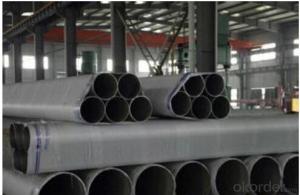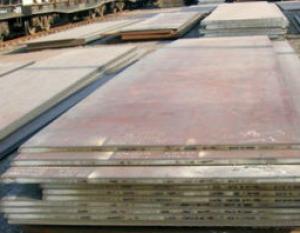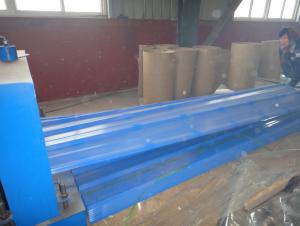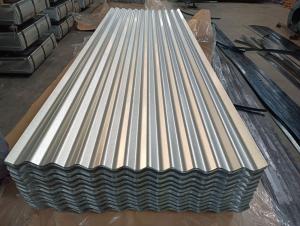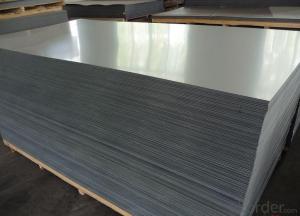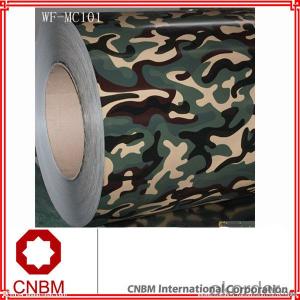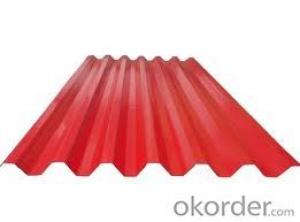Gas Ranges Stainless Steel
Gas Ranges Stainless Steel Related Searches
Best Paint For Stainless Steel Paint For Galvanized Steel Steel Frames For Furniture Self Tapping Screws For Steel Surface Grinding Wheels For Hardened Steel Hole Saw For Stainless Steel Paint For Stainless Steel Stainless Steel For Bbq Step Bit For Stainless Steel Sponge For Stainless SteelHot Searches
Cheap High Tea Sets For Sale Portable Led Signs For Sale Stone Hot Water Bottles For Sale Large Led Screens For Sale 1/4 Aluminum Plate For Sale H4 Led Headlight Bulbs For Sale Air Pump For Aquarium Price Inverter Size For Solar System Solar Thermal Collectors For Sale Used Finger Joint Machine For Sale Aluminum Dock Plate For Sale Aluminum Plate For Sale Near Me Solar Chips For Sale Solar Business For Sale Solar Controllers For Sale Pipe Staging For Sale Aluminum Stock For Sale Near Me Used Electrical Wire For Sale 6 3 Electrical Wire For Sale Steel Mesh Panels For SaleGas Ranges Stainless Steel Supplier & Manufacturer from China
Okorder.com is a professional Gas Ranges Stainless Steel supplier & manufacturer, offers integrated one-stop services including real-time quoting and online cargo tracking. We are funded by CNBM Group, a Fortune 500 enterprise and the largest Gas Ranges Stainless Steel firm in China.Hot Products
FAQ
- Yes, steel sheets can be welded. Welding involves using heat to melt the edges of the steel sheets and then joining them together to form a strong and permanent bond.
- Yes, steel sheets can be used for manufacturing kitchen utensils. Steel is a commonly used material in the manufacturing of kitchen utensils due to its durability, heat resistance, and ease of cleaning. Steel sheets can be shaped and formed into various utensil designs, making them suitable for cooking and food preparation purposes.
- Yes, steel sheets have several environmental benefits. Firstly, steel is highly recyclable, meaning that it can be reused multiple times without losing its strength or quality. This reduces the need for virgin raw materials and reduces the amount of waste being sent to landfills. Additionally, steel production has become more energy-efficient, resulting in lower greenhouse gas emissions compared to other materials. Steel sheets are also highly durable and resistant to corrosion, which means they have a longer lifespan and require less maintenance, reducing the overall environmental impact.
- Steel sheets have a variety of coating options that each have their own unique benefits and characteristics. Some commonly used coating options include: 1. Powder coating: Dry powder coating material is applied to the steel sheet and then cured under heat to create a protective layer. This coating offers excellent durability, corrosion resistance, and aesthetic appeal. It is also environmentally friendly as it does not contain solvents or VOCs. 2. Paint: Liquid paint is applied to the surface of the steel sheet and dries to form a protective layer. Paint coatings come in a wide range of colors and finishes, making them suitable for different applications. However, they may require regular maintenance and can chip or peel. 3. Galvanizing: Galvanizing is a popular method for coating steel sheets, particularly when corrosion resistance is important. A layer of zinc is applied to the steel surface through a hot-dip process, creating a protective barrier against corrosion and rust. Galvanized coatings are highly durable and long-lasting. 4. Epoxy coatings: Epoxy coatings are known for their excellent chemical resistance and adhesion properties. They provide a tough and durable finish that protects steel sheets from corrosion, chemicals, and abrasion. Epoxy coatings are commonly used in industrial settings with harsh conditions. 5. Chromate conversion coatings: Chromate conversion coatings are applied to steel sheets to enhance their corrosion resistance and improve paint adhesion. These coatings are usually thin and translucent, giving a clear or slightly yellowish appearance. They are often used as a pre-treatment before painting or powder coating. 6. Ceramic coatings: Ceramic coatings offer exceptional heat resistance and durability. They are commonly used in high-temperature applications such as exhaust systems or industrial ovens. Ceramic coatings can withstand extreme temperatures, corrosion, and abrasion, making them ideal for demanding environments. There are many other coating options available for steel sheets. The choice of coating will depend on factors such as the intended application, desired appearance, environmental conditions, and budget. Seeking advice from a coating specialist or manufacturer can help determine the most suitable option for specific requirements.
- What welding rod should be used for welding of cast iron and Q235B steel plate?
- Such as outdoor and field construction, should be relatively closed work environment, do a good job of wind work, reduce air flow. Two. Use acetylene torch to preheat the welding and its surrounding parts, and then weld them to a temperature. Three, welding side edge knocking release and eliminate stress. Four, slow cooling is correct, after welding torch with air flow slow heating, avoid welding temperature drop.
- Steel sheets have excellent water resistance due to their inherent properties, such as being non-porous and corrosion-resistant. They effectively prevent water infiltration and can withstand exposure to moisture without compromising their structural integrity.
- Steel sheets generally have good corrosion resistance due to the protective oxide layer that forms on the surface, which helps to prevent rusting and deterioration. However, the level of corrosion resistance can vary depending on the type of steel and the specific environmental conditions it is exposed to.
- Compared to other commonly used insulation materials like fiberglass or foam, steel sheets have relatively poor insulation properties. This is because steel is an excellent conductor of heat and electricity, possessing high thermal conductivity. Consequently, steel sheets are ineffective in preventing heat transfer and are not typically used as standalone insulation materials. Nonetheless, steel sheets can still offer some insulation benefits when utilized alongside other insulating materials. For example, they can serve as a protective layer or cladding, enhancing the durability and fire resistance of insulation systems. Additionally, they can function as a radiant barrier, redirecting heat away from buildings and reducing heat gain in warm climates. To summarize, although steel sheets themselves do not possess exceptional insulation properties, they can contribute to improving overall insulation performance when combined with other insulating materials or applied in specific scenarios such as radiant barriers.



















